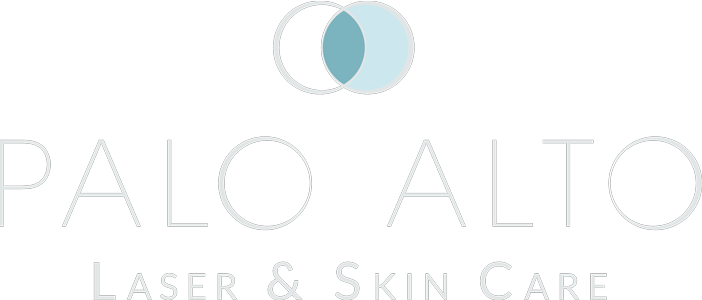
In an era when everyone is looking to save time and money, the at-home cosmetic treatment is at an all-time high. However, there are some procedures and treatments you only want to let a professional handle—like chemical peels (of any strength). Palo Alto Laser and Skin Care offers a variety of services at our medical day spa, and all providers are personally trained by Zuzana Likar. Light and medium-depth peels are a great way to quickly and evenly address a variety of skin issues from fine lines and wrinkles to dullness and brown spots. It used to be a given that getting a peel would take place in-office, but thanks to COVID and social media there is a boom of at-home treatments. In the best-case scenario, they are pointless. But worst-case scenarios can result in serious consequences.
All chemical peels use at least one chemical to literally peel away the top layer or layers of skin. Very light peels might not even cause actual peeling, but flakiness is common. Medium depth peels will (or should) definitely peel. The types of chemicals used and their strength all dictate what the peel is called. The depth is related to how many skin layers are removed. Deep peels are also an option, but are typically only for very severe skin conditions and are performed under anesthesia in an OR setting.
What Chemical Peels Treat
One of the reasons everyone loves a peel is because they are so versatile. They can handle wrinkles, scarring, laxity, and much more. Peels are evenly applied to the entire face, so even if you’re mostly concerned about brown spots from UV damage, you’ll be getting the benefits of a dewier, glowing complexion everywhere. Sometimes peels can be tried on the neck, chest, and other areas but this typically isn’t very effective. You need a certain amount of oil glands in order for peels to work, and that is only possible on the face (still, it works for some people, so you can always add on extra peels to areas besides the face and see if you’re one of the lucky few!).
Many peels require a neutralizer to be applied at a precise moment after application. Others, like TCA peels, do not. This can inspire some people to take a DIY approach—after all, if a peel self-neutralizes, what could go wrong? Peels might seem fast and easy, but it actually takes months or even years of training and experience for an aesthetician to become a skilled provider. There are risks with any procedure, but trusting a knowledgeable provider will keep you safe and achieve the best possible results.
Prepping for a Peel
Most of the at-home “peels” you see on the market are not medical-grade. This makes them much safer to self-apply, but it also means you’re not going to get the kind of results you want. After all, technically there are many chemicals that can be used for a “peel,” and that can include things like citric acid. If you really want to visibly improve your skin, you need a medical-grade peel that is only legally available in office settings.
The first step in a pre-treatment assessment is to understand your needs, goals, and any current medications. Some medications and medical issues can mean a client isn’t a good fit for a peel, but might be a great fit for alternative options like lasers. Prior to getting a peel, it’s important to stop retinol use for a set period of time, avoid the sun, and stop waxing, getting facials, exfoliating, bleaching, or undergoing laser skin rejuvenation. Those who are prone to keloids, who do not heal well, or have immunosuppression are often not good candidates for peels.
During your appointment, your aesthetician will clean the skin and apply petroleum jelly to areas around the eyes, nose and mouth that are sensitive and should not be peeled. Next, they apply the chemicals to the least delicate areas such as the forehead and cheeks, feathering the peel outward for a natural outcome. Dry swabs are on hand to wipe away tears (which are common due to the peel itself, not pain). Syringes are always on hand, full of saline in the rare instance that the peel gets into the eyes (which almost never happens in clinical settings). Finally, your provider will go over aftercare instructions—which also includes avoiding the sun and retinol medications.
People panic when something goes awry at home. A peel accidentally getting into areas like the eyes, nose, and mouth can be devastating—even with self-neutralizing peels. If you want a great and safe peel, schedule a consultation with Palo Alto Laser and Skin Care. Call the office during business hours or, for the quickest response, fill out the online contact form now.
